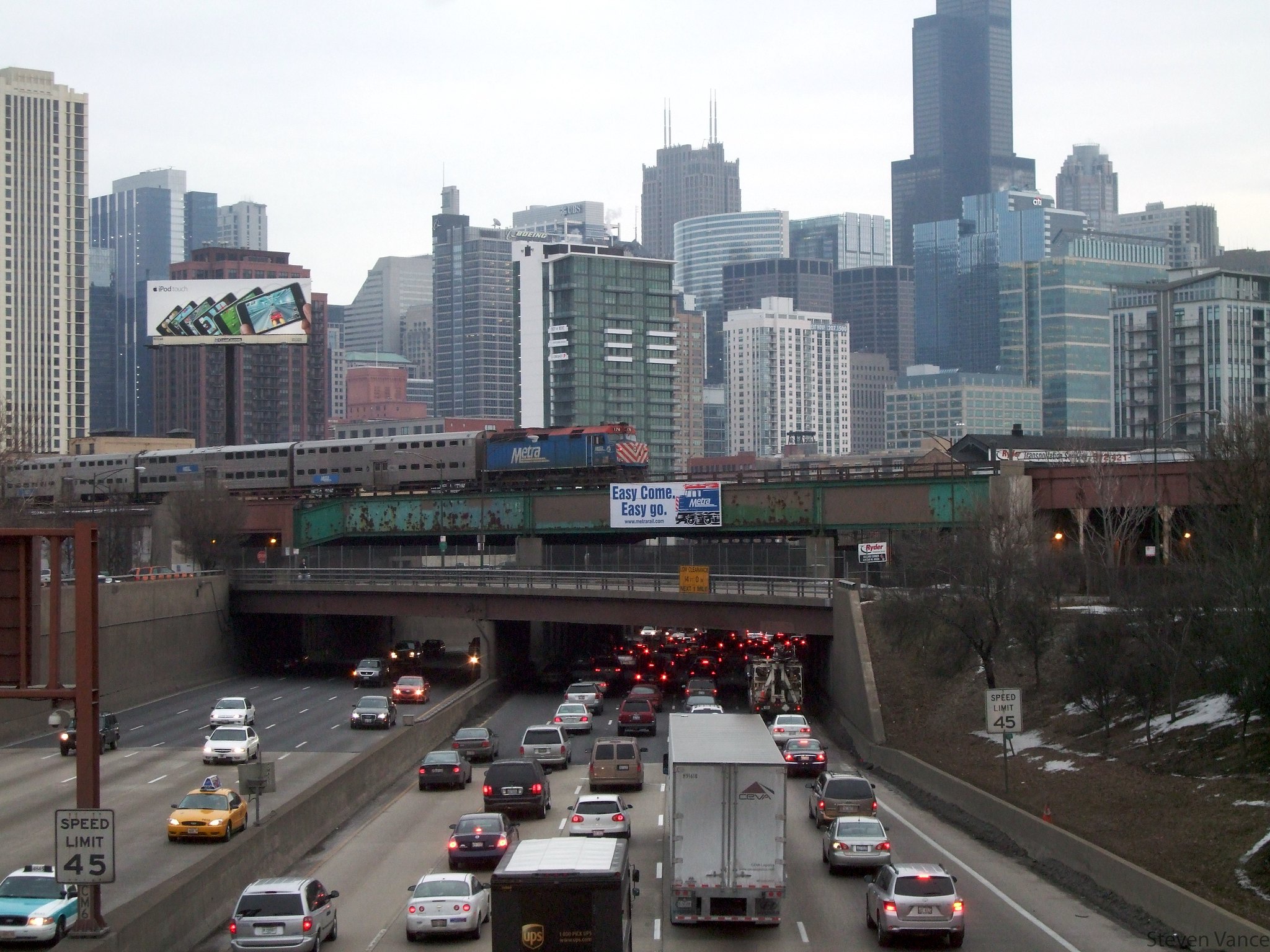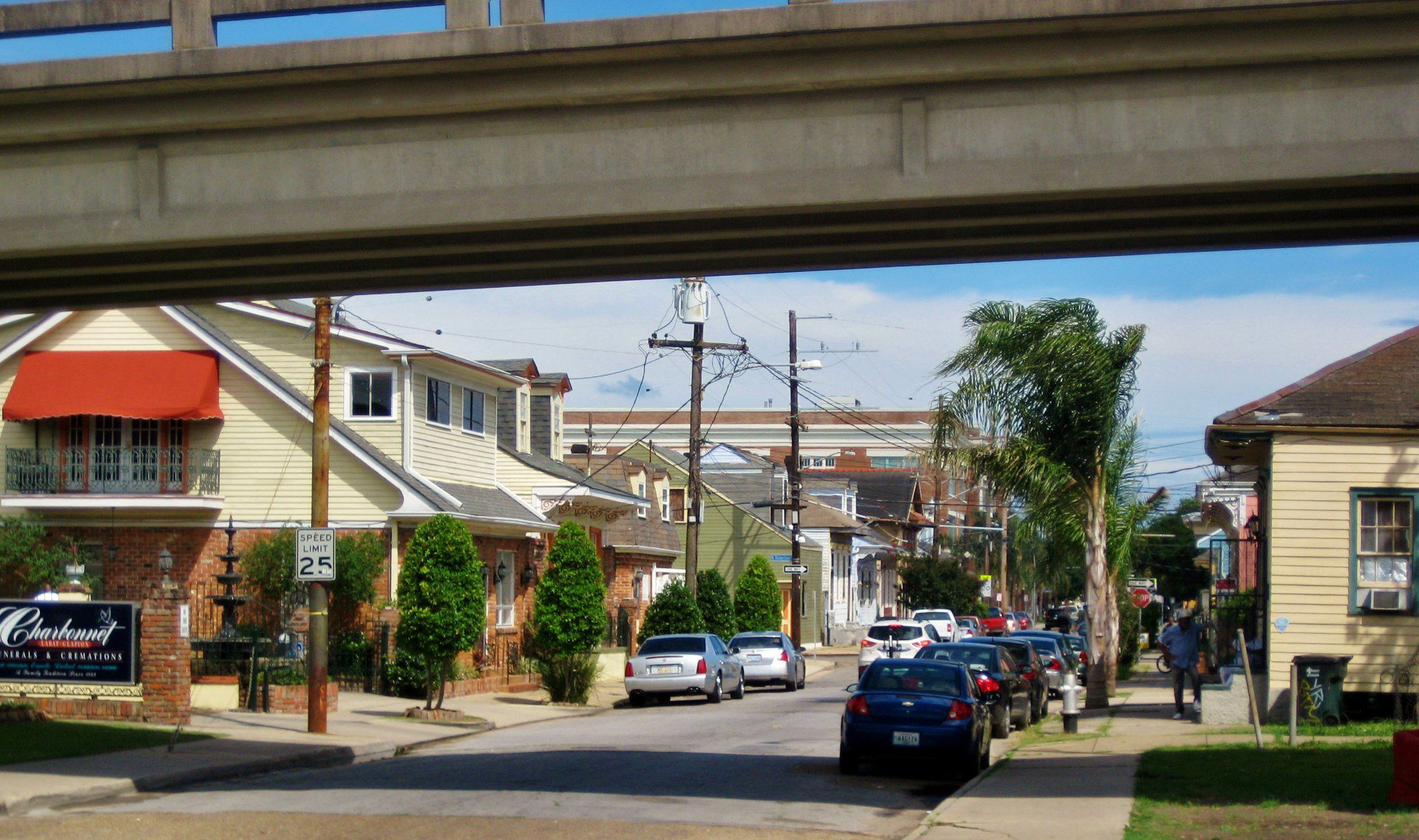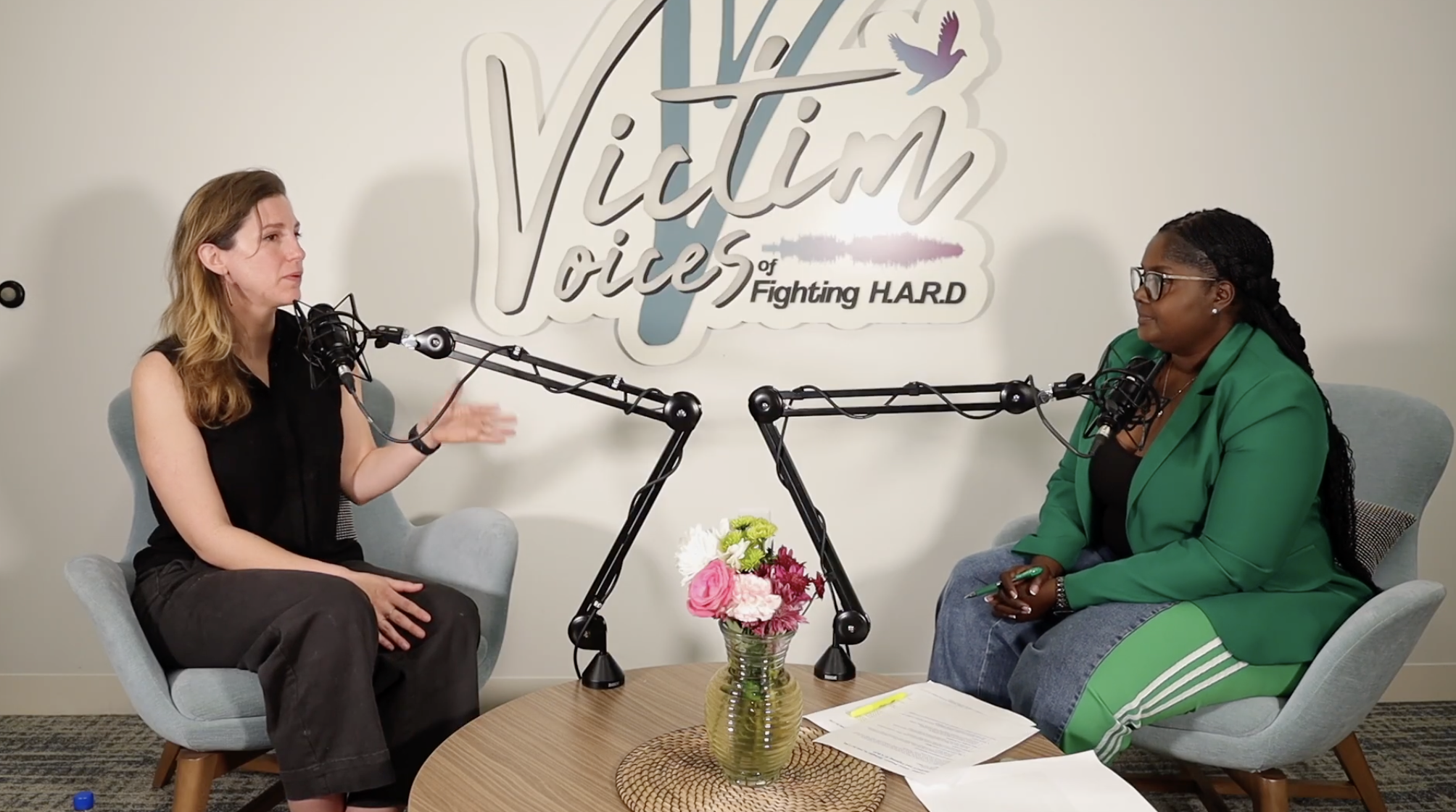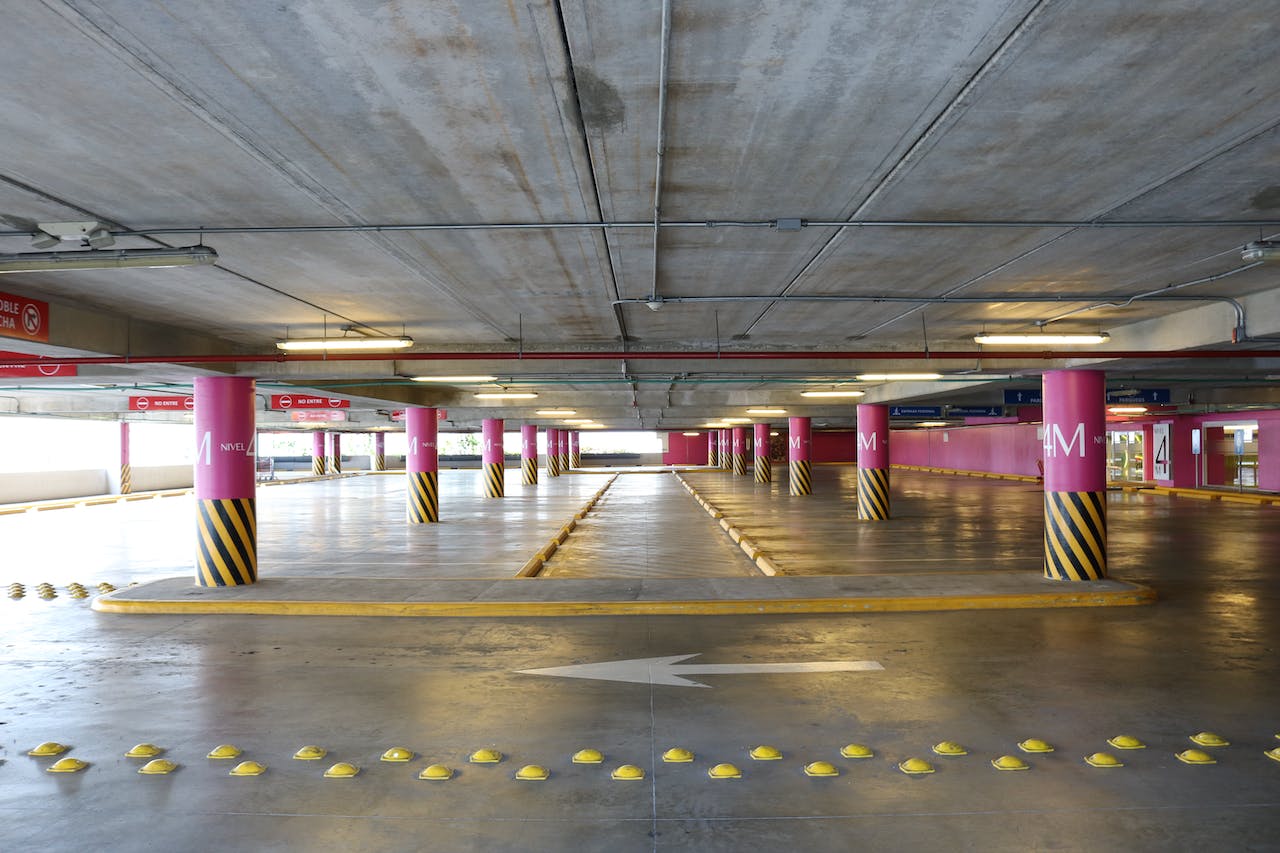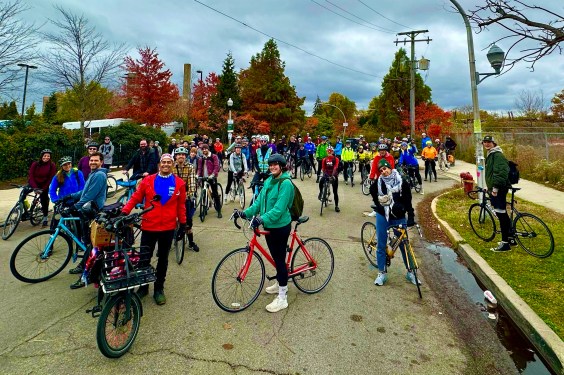On a recent Sunday afternoon at a intersection near the Hiram M. Chittenden Locks in Seattle, a driver in a Ford Explorer exited the north entrance parking lot without yielding to several runners, including me, and a cyclist on the Burke-Gilman Trail before turning right at the red light onto Northwest 54th Street.
Near misses like this are all too common in Seattle. More troubling, they are indicative of a larger crisis happening throughout the state and across the country. Tragically, it takes a fatality or serious injury to bring the issue of safer roads and streets to the forefront of the public’s attention. Why? Like it or not, part of solving this problem lies in drivers fulfilling their civic responsibility to properly share the road.
For nearly a decade, city leaders have been working with the Seattle Department of Transportation and other agencies toward eliminating traffic deaths and serious injuries on city streets by 2030. Called Vision Zero, the plan was established in 2015, but has struggled to flatten — let alone bend — the curve of pedestrian fatalities and serious injuries. This fall, the Seattle Times reported that from 2016 to 2023, 108 pedestrians died after being hit by a car on Seattle roadways.
From Vision Zero’s founding through last year, 224 people have been killed and 1,643 seriously injured on Seattle’s streets. Among the findings in Seattle DOT’s Vision Zero update, pedestrians accounted for 5 percent of all collisions in Seattle but made up 53 percent of all fatal collisions. And with over 50 percent of crashes involving pedestrians in Seattle occurring at intersections, the report points out, many were caused by drivers who simply failed to yield.
This comes as more than 10,000 vehicle crashes happen each year in Seattle, according to SDOT, with an average of 28 people killed and 180 people seriously injured. Still, compared to similar-sized cities, like Denver and El Paso, which had 61 and 69 traffic deaths, respectively, Seattle’s streets remain safe.
I have run, walked, and cycled hundreds of miles in Seattle. These activities are undoubtedly the most enjoyable way to discover and appreciate our enviable natural surroundings and quality of life. Thankfully, the vast majority of miles have been without incident, albeit several near misses by distracted drivers have ruined many serene experiences. Each close call reminds me to stay aware of my surroundings, which can change in an instant.
Sharing the road is the common denominator to averting disaster. And yet too often this golden rule is flouted by motorists. For the concerted effort being applied to rehabilitate the safety of our city’s roads and streets for pedestrians, cyclists, and others, this shared responsibility must not be overlooked or given less value by comparison.
City leaders and public agencies are doing their part to meet the audacious goal presented by Vision Zero. Citywide, solutions are continually being implemented from reducing the speed limit on arterial roads, to adding protected bike lanes, to installing “no turn on red” restrictions at signalized intersections. Their efforts are being buoyed by the passage of Proposition 1 in November.
The $1.5-billion transportation levy comes with a proposed $160.5 million designated for Vision Zero, school and neighborhood safety.
The plan has evolved and now follows the Safe System Approach recommended by the U.S. DOT. The approach factors in human mistakes and vulnerability into mechanisms designed for reducing, and eventually eliminating, roadway fatalities.
No one person or mode of transportation has monopolistic rights to the road. Sharing the road, however, is not a substitute for precaution nor is it a panacea for averting disaster. Yet it remains our civic responsibility and requires action to achieve Vision Zero. After all, we all have a stake in the safety and enjoyment of Seattle’s roads and streets — now and in the future.

